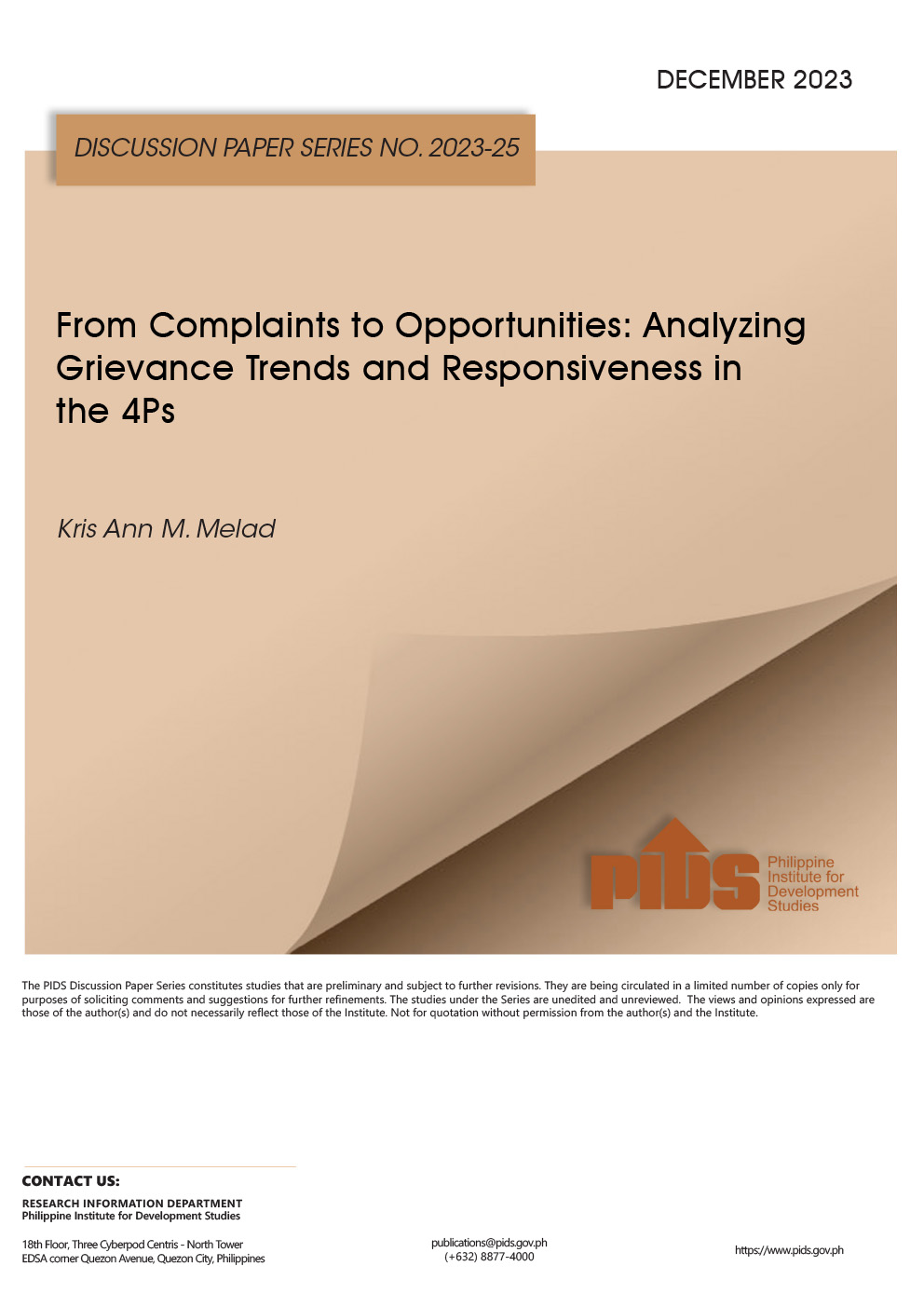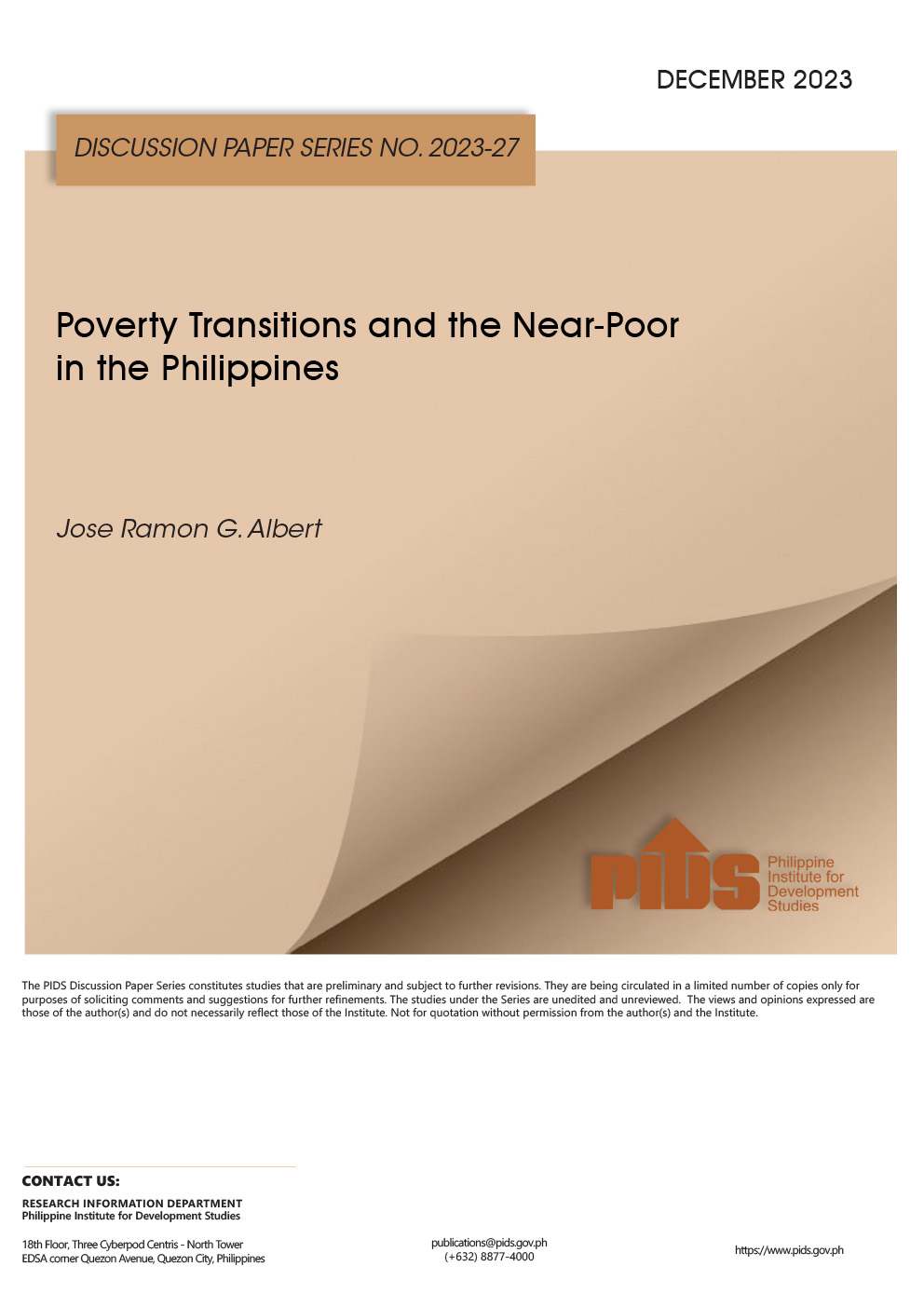There's been much debate about what makes one poor, middle class, and rich. And, to answer that, the Philippine Institute for Development Studies (PIDS) has released its profile and determinants of the middle-income class in the Philippines, which also expounds on the poor, rich, and more.
The study by Jose Albert, Angelo Santos, Jana Vizmanos, conducted in 2018, divides the social classes into poor, low-income but not poor, lower-middle, middle, upper-middle, upper-middle but not rich, and rich. The brackets were determined depending on pooled monthly income.
The largest income group in terms of households and persons are the low income (but not poor), while—no surprise—the rich made up the least with 143,000 households and 360,000 persons. See what makes a Filipino poor, middle class, or rich below.
Poor: Below P10,957 monthly income
Low-income but not poor: P10,957 to P21,914 monthly income
Lower middle: P21,914 to P43,828 monthly income
Middle: P43,828 to P76,669 monthly income
Upper middle: P76,669 to P131,484 monthly income
Upper middle but not rich: P131,484 to P219,140 monthly income
Rich: 219, 140 and above monthly income
On September 17, several senators asked the National Economic and Development Authority (NEDA) to create a new economic classification system to help policymakers with several government programs. With the coronavirus pandemic and increasing poor households, the PIDS' study needs to be updated.
There are [a total of] 26 million families as of the latest projections. Out of the 26 million, 18 million are low-income—low-income meaning below the minimum wage of their region but not necessarily poor because the government defines the poor as those below the poverty threshold," NEDA chief Karl Kendrick Chua said.











